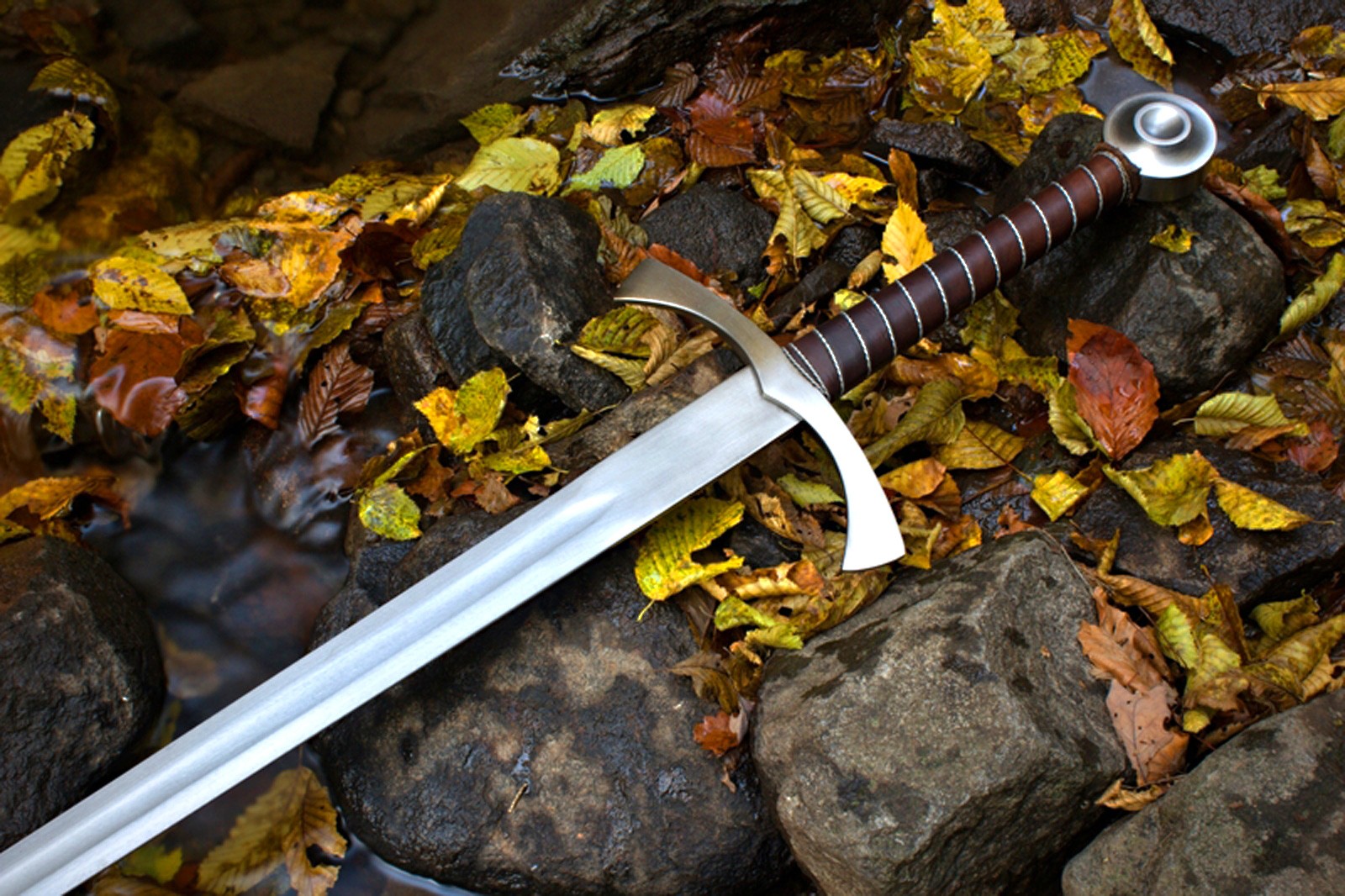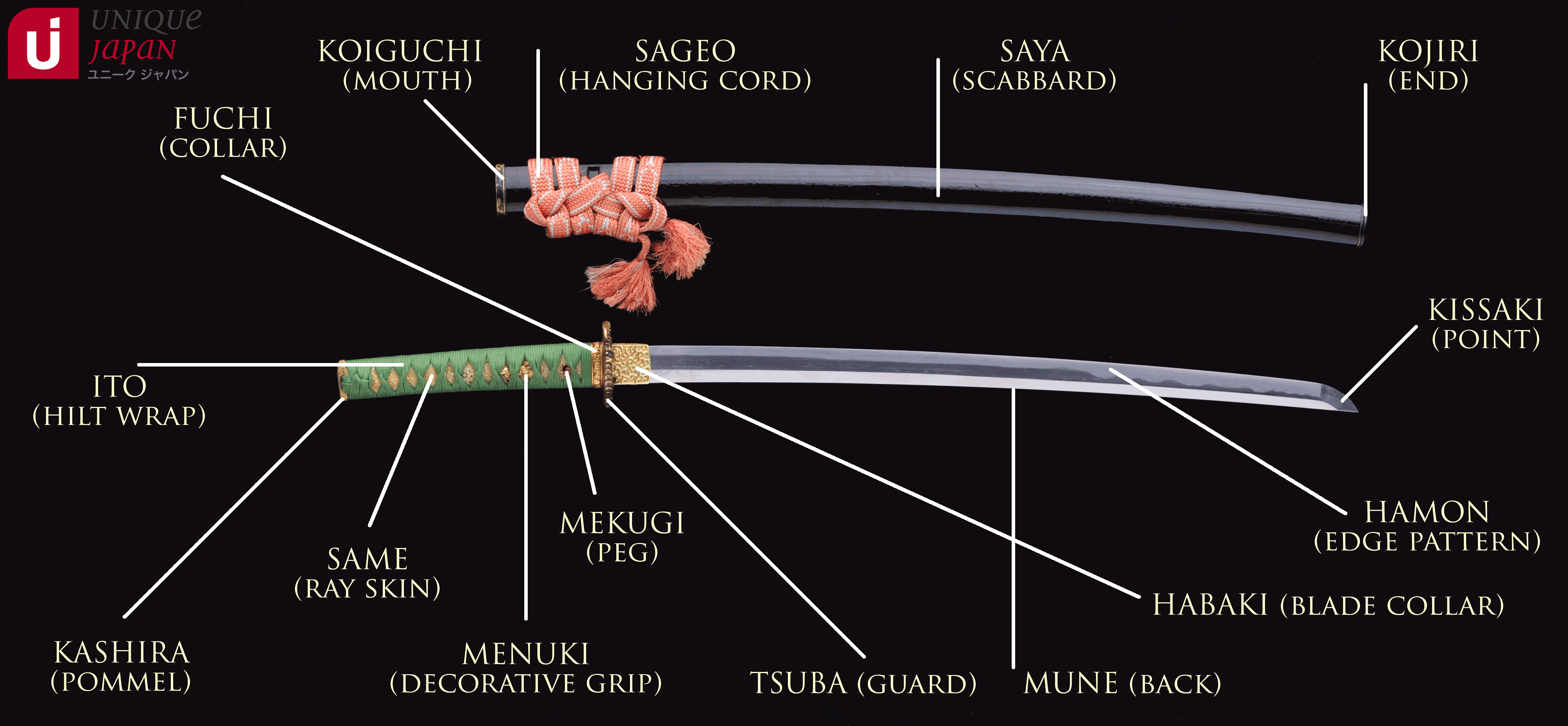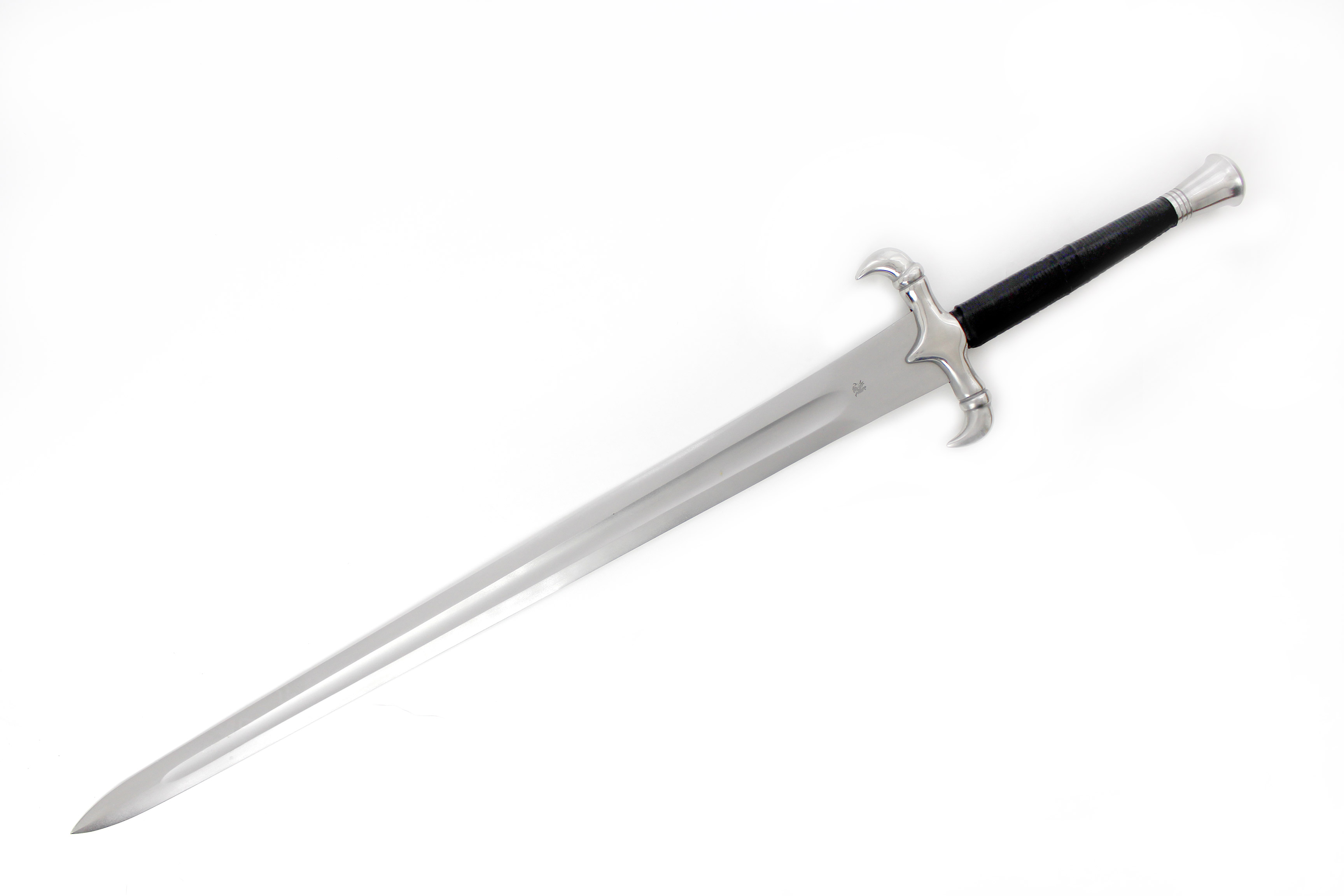Historical Significance and Evolution: Sword Meaning

Sword meaning – Swords have played a pivotal role in human history, shaping battles, empires, and cultures. Their origins can be traced back to the Neolithic period, where they were crudely fashioned from stone and bone. As metallurgy advanced, swords evolved into formidable weapons, with different designs and materials emerging across various civilizations.
The sword, a symbol of power and honor, has been revered throughout history. Its blade, once forged in the fires of war, now spins on the reels of slot machines , a modern-day battleground where fortunes are won and lost.
But even in this realm of chance, the sword’s essence remains, a reminder of the relentless pursuit of victory and the enduring spirit that drives us forward.
Types of Swords
Throughout history, a vast array of swords has been used, each with its unique characteristics and purpose. Some notable types include:
- Straight Swords: These swords feature a straight blade, typically double-edged, and are commonly associated with ancient Egypt, Greece, and Rome.
- Curved Swords: Characterized by a curved blade, these swords offer greater reach and cutting power. They are prevalent in regions such as the Middle East, Central Asia, and the Indian subcontinent.
- Double-Edged Swords: As the name suggests, these swords have a blade sharpened on both sides, allowing for both thrusting and slashing attacks.
- Single-Edged Swords: Featuring a blade sharpened on one side only, these swords are designed primarily for cutting and are often used in conjunction with a shield.
Famous Swords
Certain swords have gained legendary status, becoming symbols of power, courage, and historical significance. A few notable examples include:
- Excalibur: Associated with King Arthur of British legend, Excalibur is said to possess magical powers and is often depicted as a double-edged sword.
- Zulfiqar: The two-pronged sword of Ali ibn Abi Talib, the fourth caliph of Islam, Zulfiqar is revered as a symbol of justice and bravery.
- Napoleon’s Sword: The iconic sword of Napoleon Bonaparte, this saber features an intricate golden hilt and was carried by the emperor during his military campaigns.
Impact on Historical Events
Swords have played a decisive role in countless historical events. Their effectiveness as weapons has shaped the outcome of battles, influenced the rise and fall of empires, and left an enduring mark on human civilization.
In ancient tales, the sword is a symbol of power and honor, its blade cutting through the veil of chaos. But beyond its physical form, the sword’s meaning extends into the quantum realm, where it finds resonance in the strange and enigmatic world of quantum pits.
These nanoscopic structures, like tiny wells of potential, trap electrons in a dance of confinement, mirroring the ancient warrior’s struggle against the forces of disorder.
- Battle of Marathon: The Greek victory over the Persian army in 490 BC was largely attributed to the superior swordsmanship of the Greek hoplites.
- Norman Conquest: The Norman invasion of England in 1066 was aided by the advanced sword technology of the Norman knights.
- Hundred Years’ War: The prolonged conflict between England and France from the 14th to 15th centuries saw the emergence of new sword designs and tactics.
Cultural Symbolism and Mythology

The sword, a weapon of war and a symbol of power, has permeated cultures and mythologies worldwide. It embodies both the destructive and creative forces, representing courage, strength, and justice, as well as tyranny and violence.
Sword Symbolism in Different Cultures
In ancient Egypt, the sword was a symbol of the pharaoh’s divine authority. In Japan, the samurai sword, or katana, represented the warrior’s honor and loyalty. In Celtic mythology, the sword was associated with the gods of war and wisdom. Among the Vikings, the sword was a symbol of power and bravery.
The Sword in Literature, Art, and Folklore, Sword meaning
Literature, art, and folklore are replete with stories of swords. In Homer’s Iliad, the hero Achilles wields a sword forged by the god Hephaestus. In Shakespeare’s Hamlet, the prince’s sword is a symbol of his indecision and inner turmoil. In J.R.R. Tolkien’s The Lord of the Rings, the sword Andúril represents the hope and resistance against evil.
Common Themes and Motifs Associated with Swords
The sword often appears in stories as a symbol of:
- Power and authority
- Courage and strength
- Justice and righteousness
- Honor and loyalty
- Destruction and violence
The sword is a potent symbol that has shaped human imagination and storytelling throughout history. It embodies the complex and often contradictory nature of human existence, representing both the best and worst of our aspirations and fears.
Modern Usage and Applications

In the modern era, swords have transcended their traditional combat roles and found diverse applications in various fields. They continue to hold cultural and historical significance, but they have also evolved to meet the needs of contemporary society.
Ceremonial and Decorative Purposes
Swords are often used in ceremonial occasions, symbolizing power, authority, and honor. They are carried by military officers, judges, and other dignitaries during parades, graduations, and other formal events. Swords are also popular decorative items, displayed in homes, museums, and art galleries as symbols of history, heritage, and craftsmanship.
Martial Arts, Fencing, and Combat Sports
Swords play a vital role in martial arts such as kendo, iaido, and fencing. These disciplines involve the use of swords for training, self-defense, and sport. Practitioners learn techniques of wielding swords, including cutting, thrusting, and parrying. Swords used in martial arts and combat sports are typically made of lightweight materials like bamboo or aluminum, ensuring safety while preserving the essence of swordsmanship.
Contemporary Sword Designs and Applications
Modern sword designs reflect the changing needs of society. Swords for self-defense are designed with ergonomic handles and durable materials, while swords used in stage combat and movies prioritize safety and aesthetics. Some contemporary swords are also designed for specific purposes, such as underwater exploration or cutting through dense vegetation.
In the hands of a skilled warrior, a sword is an extension of their will, a deadly instrument that can cleave through flesh and bone with ease. But beneath its sharp edge lies a deeper meaning, a symbol of power, courage, and honor.
Much like the diamond meaning , a sword represents the unyielding spirit of those who wield it, a reminder that even in the face of adversity, the human spirit can prevail.
The sword is a symbol of power and strength, but it can also be a symbol of fragility. In the hands of a skilled warrior, a sword can be a deadly weapon. But in the hands of a child, it can be a dangerous toy.
Like the nyt mini , a sword can be both powerful and delicate. It is up to the wielder to decide how it will be used.
The sword, a symbol of power and violence, has been wielded by warriors and kings throughout history. In modern times, it has become a popular subject for literature and film. For example, the nyt mini is a crossword puzzle that often features swords in its clues.
The sword is a versatile symbol that can be interpreted in many ways, making it a fascinating subject for exploration.